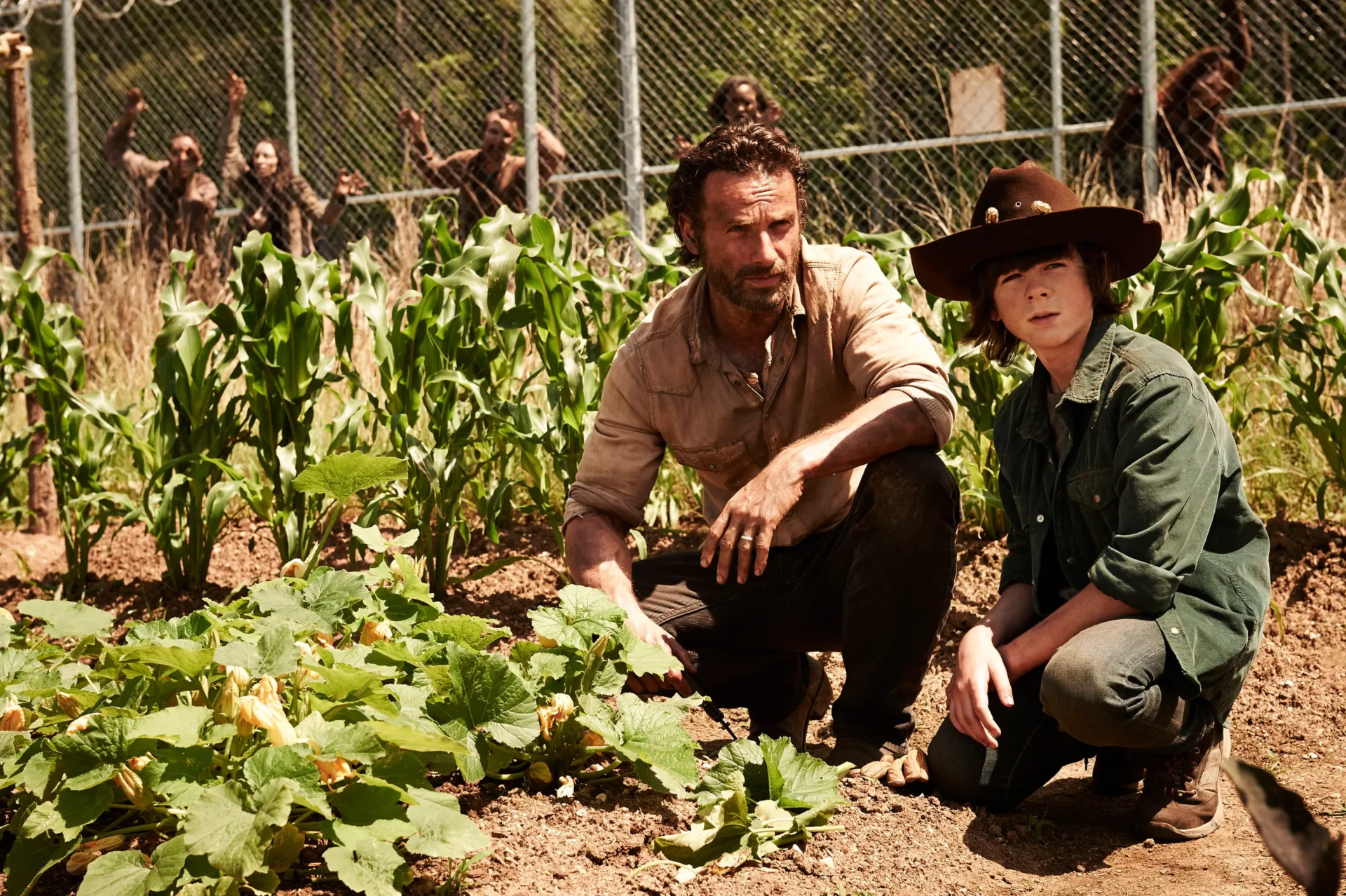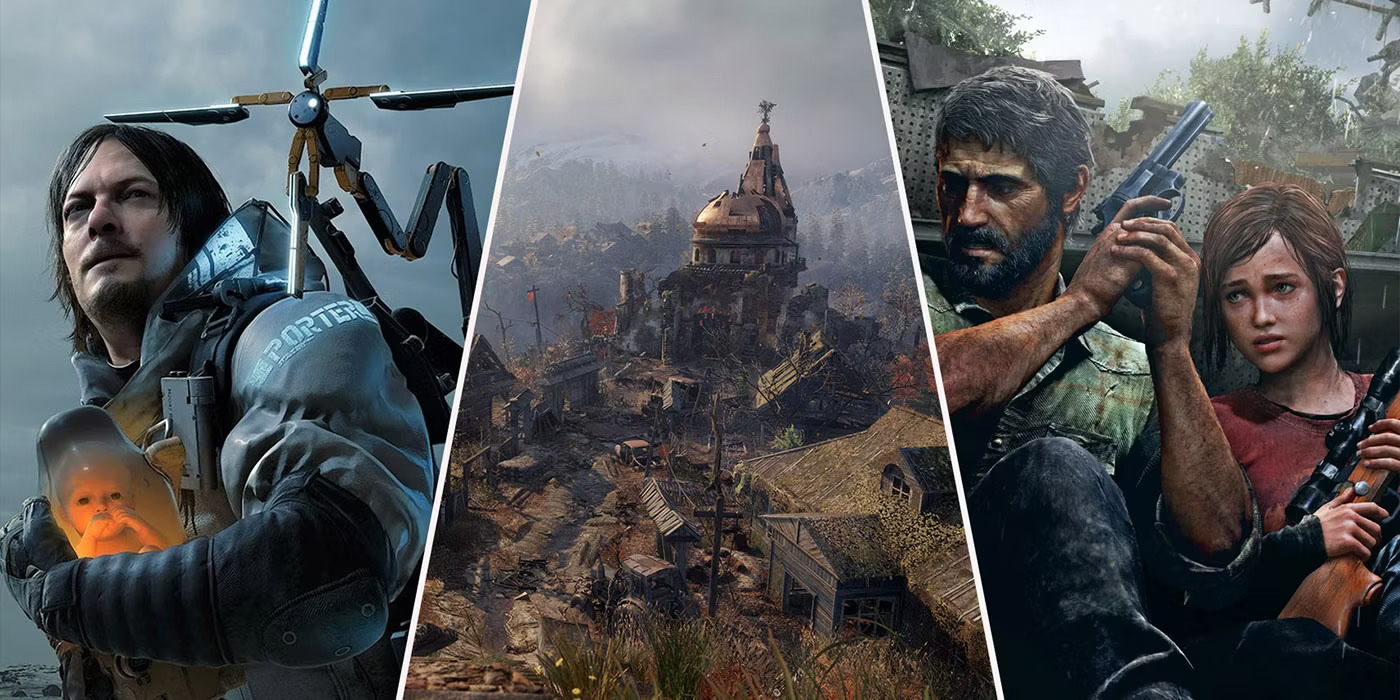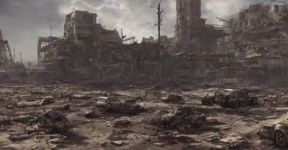Imagine finding yourself in the middle of a collapsing world, and then, by some miracle, surviving through the doomsday. You’re now officially in the post-apocalyptic era. Like most stories that take place in the aftermath of an apocalypse, there are other survivors who will do anything just to stay alive. Some of them are good people simply because they haven’t lost touch with the moral values of the pre-apocalypse time, while others are the exact opposite – these are the murderers, the rapists, the cannibals, and the like. Even if there are no zombies around, some people can be even worse than monsters. As if the post-apocalyptic world is not dangerous enough, you also have to deal with food scarcity. In between the scavenging routine to survive hunger, play a deadly hide and seek game with gangs of marauders. So, how do you deal with all of those? Apparently, the best weapon is a garden fork, preferably one that’s forged from a solid block of high carbon steel. Post-apocalyptic gardening doesn’t sound like an exciting idea, but it actually makes perfect sense.
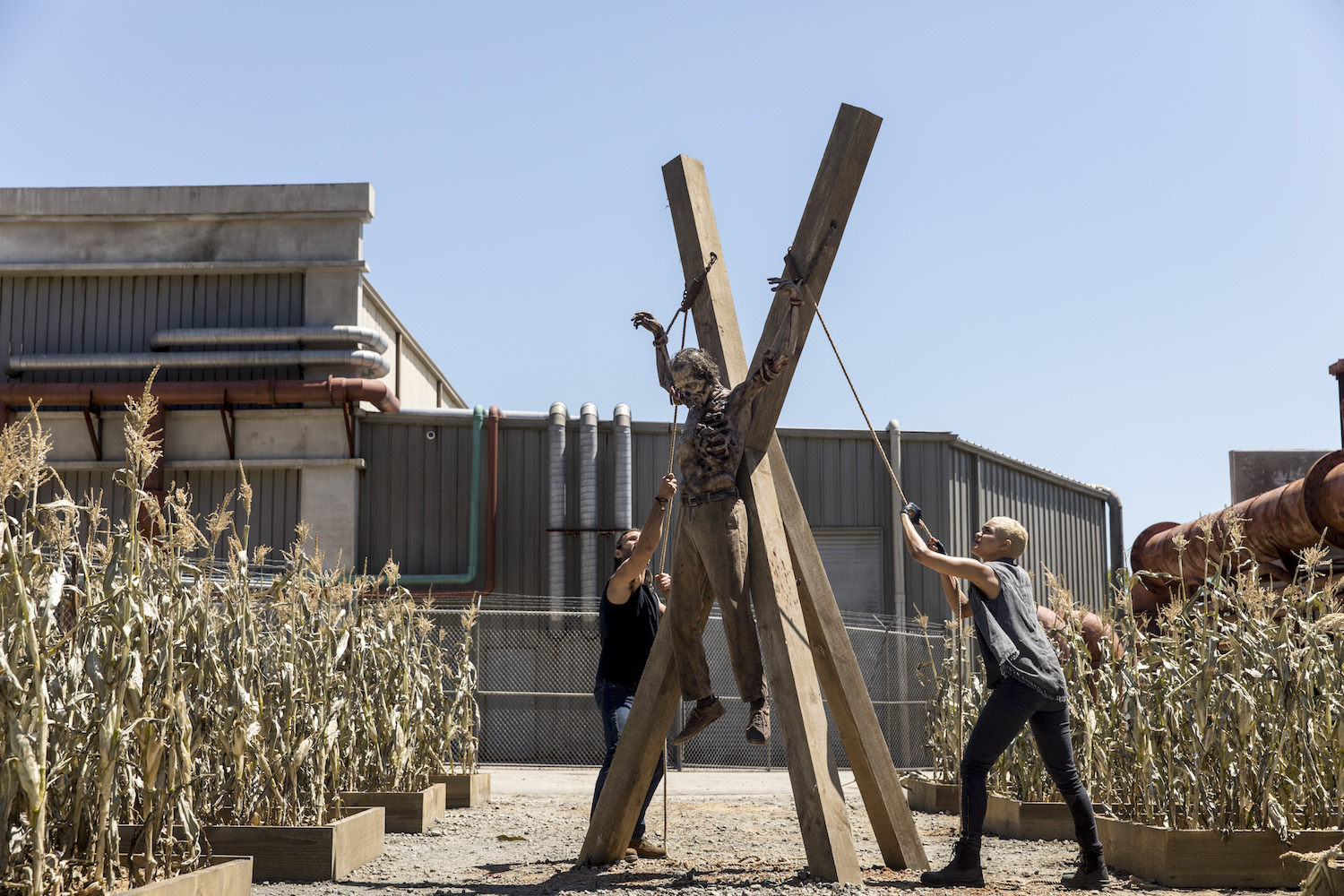
It’s surprising to see the lack of films that emphasize growing your own foods in the post-apocalyptic time. If everybody is scavenging for food, there won’t be anything left to eat after just several years. Canned goods, too, will go out of supply sooner than you think. While gardening isn’t exactly action-packed, it will make your post-apocalyptic survival much more manageable. And as a bonus, a high carbon garden fork is more than good enough to ward off even the most determined bullies. Assuming the apocalypse involves zombies and mutated worms, your fork can easily pierce their skulls like they’re overripe pumpkins.
Things to Know
Before you dig some holes in your fortified backyard, we need to remind you first that gardening isn’t always that easy, and even more so if you have no experience. A bit of planning and know-how can make all the difference between fresh produce for the taking and going hungry all year long. One of the first things to understand is that post-apocalyptic gardening has only one goal: to help you survive, not from boredom and idleness, but hunger. It doesn’t matter if your plants look as bad as they taste. Their main purpose is to sustain your life, and that’s about it. As for your lack of experience, there’s no time to learn, so you just have to wing it as you go.
Collect Water
Don’t expect to collect water from the tap. The post-apocalyptic world has no modern water supply system. Rain is likely scarce. Modern farmers devise complex irrigation systems precisely because they can’t solely rely on Mother Nature to provide them with enough rainfall for gardening or farming. If your environment is now mostly a desert wasteland, and you haven’t seen a single drop of rain for months, collect water from ground surfaces. Ditches and streams are good enough. Unless they’re heavily contaminated with radionuclides, the water should be fine for gardening. Keep in mind that you can use urine as fertilizer as well. We won’t discuss it here – all you need to know is that it works.
Build a Keyhole Garden
The post-apocalyptic world is not ideal for gardening. That being said, it doesn’t mean there isn’t any workaround. In an environment where you have poor soil and endless drought, you need a keyhole garden. Unlike your run-of-the-mill garden, it’s an almost circular raised-bed that slopes away slightly from the center, where the compost bin comfortably sits.
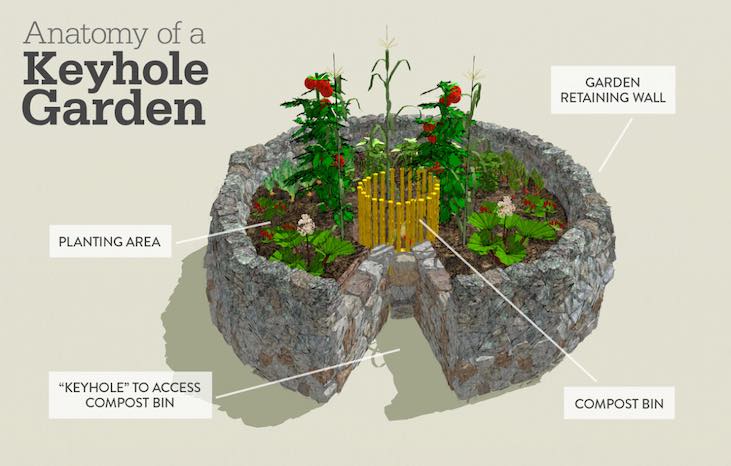
All the food waste and organic leftovers go into the compost bin. In case it suddenly rains, the bin will also collect the water. The resulting compost tea can only distribute its fertilizing benefits and the moisture to the garden. It might smell awful, but you really shouldn’t give it a thought, ever.
Plants to Grow
Don’t be greedy and plan to grow some flowering plants. Aesthetics are the least of your concern in post-apocalyptic gardening. You want easy, resilient plants that give nutrient-dense yield. Here are some crops to consider:
● Beans: they can grow in bush or pole forms, and the seeds are packed with nutrients.
● Potatoes: the starchy root crop is easy to grow and tastes good as well. You can even plant them in buckets or bags.
● Sweet potatoes: when people say they love potatoes they haven’t had sweet potatoes in a long while. The greens of sweet potatoes are also edible.
● Tomatoes: you don’t have to eat them while they’re fresh – dried potatoes are good enough for most people.
● Spinach: even if you hate spinach, it’s a good thing to have leafy greens full of minerals and vitamins in an apocalypse garden.
Dried crops have longer shelf life. Save all you can after every harvest and start over as soon as possible. In the event the next crops fail, at least you still have some stash from the previous harvest.
We think too many post-apocalyptic films depict the world as dry wastelands with abysmal plant life. A lot of such films seem to emulate the atmosphere of Mad Max 2. Has anyone forgotten the fact that the film is set in the Australian Outback, which has always been a desert to begin with? Remember even in Chernobyl, a place turned uninhabitable for humans because of nuclear disaster, there’s an abundance of plant life. In fact, nature has taken over everything in the abandoned city. Plants also grow during prolonged nuclear winter, in the permafrost.
How long do you think it will take for survivors in the post-apocalyptic world to re-establish farming/gardening? Do zombies eat fruits? We’d love to hear from you.
Other Things You Might Want to Know
In a post-apocalyptic desert wasteland, where does the food come from?
The most plausible answer is farming. Years after the apocalypse, food will be scarce. Animals can’t keep up with humans’ appetite for meat and canned foods are long gone. Our heroes and villains can’t engage in an all-out battle and intense car chases if they don’t have enough potatoes and beans sprinkled with dried tomatoes.
Does gardening make survival too easy?
Nothing is too easy in a post-apocalyptic world. To have a farm or garden that supports a small family, you need more land than you might think. And every inch of that land is an additional work. Think about the amount of produce you eat every week. If you combine that with bad weather and grasshopper invasion, what you get is a difficult survival. But yes, post-apocalyptic gardening is still better than none.
What about livestock?
If you have the chance to grow livestock, choose the species that reproduce quickly in large quantities. Rabbits and pigs are good choices, and they’re not picky eaters either.
Check out other articles by month:

